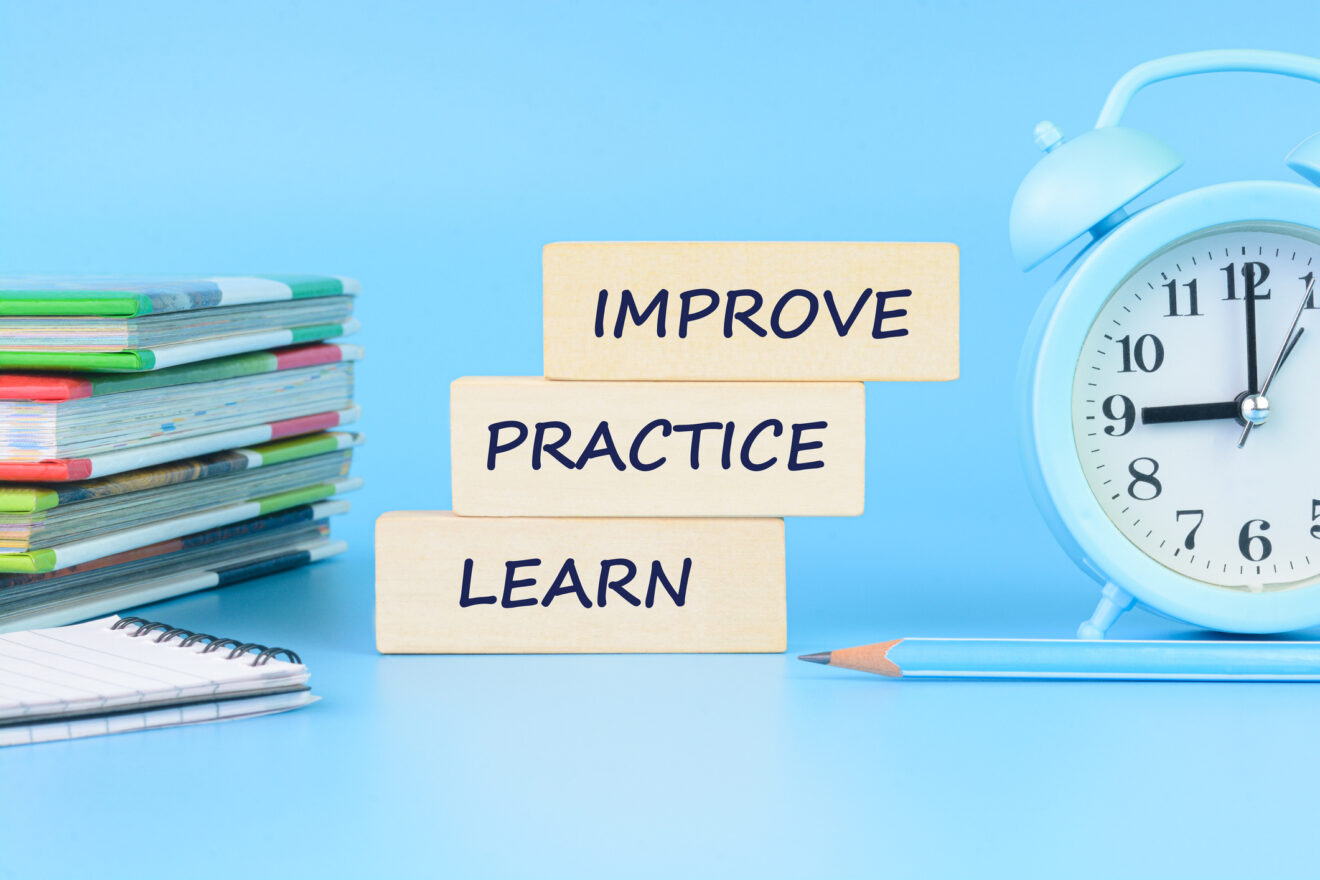When culture change becomes a business imperative, there’s usually an underlying reason. A company may take on a new, more diverse workforce or will need one to grow. Learning and development managers also may seek organizational transformation to end harassment or in response to other personnel crises. For corporate trainers to deliver on such top-down professional development goals, they need to spark change from the bottom up through an empowered workforce.

Change in workplace culture must be a communal undertaking. Employees know best what keeps them engaged and motivated. Management must create policies that work for the whole company. Culture transformation happens when top-down meets bottom-up, when management and employees accept mutual responsibility and enjoy mutual gain.
As attractive as this goal seems, it is rarely achieved. A 2022 report from the Society for Human Resource Management on workplace culture across the globe found that 90% of workers who rated their work culture as poor had thought about quitting, 72% of workers who said their workplace culture was average contemplated quitting and 32% who rated their culture as good considered quitting. While a third is not insignificant, it’s strikingly less than the number of workers who considered leaving due to mediocre or bad culture.
3 ways training programs drive culture transformation
Culture outside the workplace is shifting rapidly, reflected in the dramatic new norms of political discourse and the ways in which social media influences our understanding of capitalism, gender, race and mental health. Organizations must keep pace with these transformative forces. Former General Electric CEO Jack Welch once said, “If the rate of change on the outside exceeds the rate of change on the inside, the end is near.”
Bottom-up professional development can stimulate culture change in the workplace rather than react to it. Employee development and engagement can spur innovation, bolster the bottom line and drive other corporate objectives. This training approach has three objectives:
-
- Promote internal and external accountability. One of the biggest barriers to culture change in the workplace is the assumption that culture makes people, rather than accepting that people make culture. Investing in programs that supercharge engagement helps employees recommit to their own professional development and the company’s advancement. Leadership development programs invite employees to see themselves in new ways, interrogate their assumptions, shine a light on blind spots, fortify their existing skills and develop new techniques and strategies.
Training programs typically pull employees out of their workplaces and into a different physical or virtual space. This distance can give employees a chance to reflect on the systemic barriers to diversity, gender parity, pay equity and other aspects of inclusion in their specific company and the professional world at large. Employers shouldn’t fear this exercise. Employees who have faced disrespect at work, rather than being dispirited or disempowered, often consider how they might work as agents of change. The best training programs simultaneously encourage employees to hold their companies accountable for necessary top-down changes, while empowering workers themselves to define and direct the culture they want to work in and model relevant behaviors. - Make trainees feel seen and valued. Investing in employees’ professional growth signals that the employer appreciates their efforts, acknowledges their potential and envisions their future at the company. In today’s constricted labor market, rather than looking outside the company for new talent, leaders must look inward, carefully assessing their current workforce to identify employees that may have been overlooked or underutilized. Mid-career women are especially good candidates for leadership training; women managers disproportionately strengthen employee engagement and enhance a sense of belonging, skills that support retention and employee satisfaction. McKinsey’s 2022 Women in the Workplace report notes that 40% of women leaders said their diversity, equity and inclusion work isn’t acknowledged at all in performance reviews. Employers who reward and invest in women leaders doing this work will inspire those women to redouble their efforts, further improving company culture.
- Empower employees to identify and ask for what matters. Businesses often believe that culture transformation requires a radical overhaul. In my years of facilitating leadership training, I’ve regularly asked women what single change would make the biggest difference in their working lives. Over and over, women express a desire for surprisingly small accommodations: flexible start times, more opportunities for remote work or a maternity leave extended by one month. These sorts of culture tweaks make a radical difference in a person’s experience of work.
- Promote internal and external accountability. One of the biggest barriers to culture change in the workplace is the assumption that culture makes people, rather than accepting that people make culture. Investing in programs that supercharge engagement helps employees recommit to their own professional development and the company’s advancement. Leadership development programs invite employees to see themselves in new ways, interrogate their assumptions, shine a light on blind spots, fortify their existing skills and develop new techniques and strategies.
This is why bottom-up professional development and ongoing communication matter between top managers and employees. They clarify what really makes a difference for workers, and those needs are often smaller and less frightening than HR might expect. In a 2022 report on workplace empathy from Businessolver, a benefits technology company, 94% of surveyed employees viewed flexible work hours as empathetic, but only 38% of organizations offered this option. When companies augment their policies and practices to allow for more flexibility and autonomy, they generate goodwill, encourage a culture of empathy and bring more energy and innovation to employees’ work.
Listen for voices of culture change
Workplaces are environments where human beings cultivate connections, not unlike families or schools. In all social settings, listening is a powerful tool. Professional development motivates employees to grow and use their voices, and savvy employers are wise enough to listen and respond accordingly.
Even businesses that don’t have the resources to offer training can lean into listening more attentively. Culture change in the workplace starts with a conversation, especially across tiers of power. When employees are open about their experiences and needs, and when management listens and learns, bottom-up and top-down find a satisfying middle ground.
Rachel Bellow is the co-founder of the Bonfire career development program for mid-career women and a consultant on influence strategies for social change. Employers engage and empower diverse talent through Bonfire events, small-group work sessions and online study. For more information, visit bonfirewomen.com
Opinions expressed by SmartBrief contributors are their own.
____________________________________
Take advantage of SmartBrief’s FREE email newsletters on leadership and business transformation, among the company’s more than 250 industry-focused newsletters.
